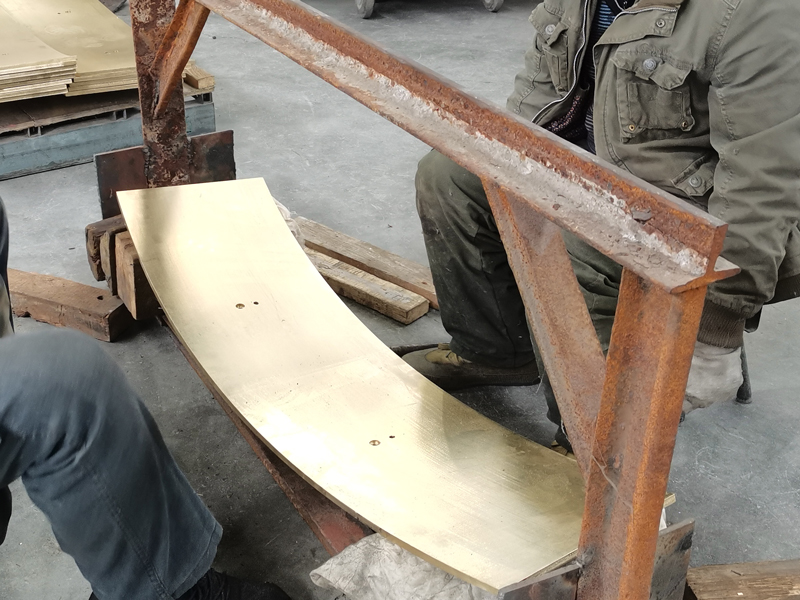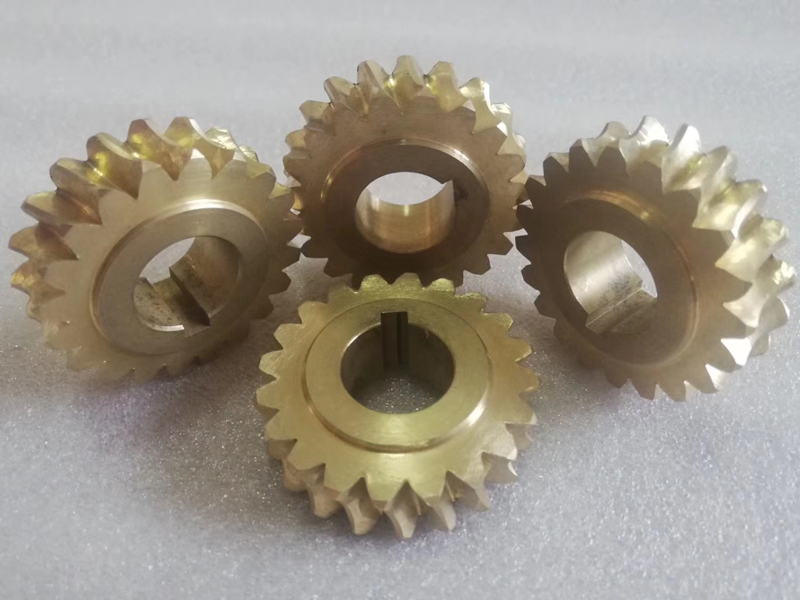Bronze castings are widely used in industry, mainly because bronze has good electrical conductivity, thermal conductivity, corrosion resistance and plasticity. bronze castings are widely used in many industries such as electronics, electrical, machinery, chemicals, construction, etc. In order to manufacture these bronze castings, casting technology plays a key role.

Sand casting is the most traditional and widely used casting process, suitable for manufacturing large bronze parts and castings of complex shapes. Its basic principle is to pour molten bronze into a sand mold and form it after cooling. The advantage is low cost and suitable for mass production.
Centrifugal casting is mainly used to manufacture hollow or round bronze castings, such as pipes, valves, etc. This process injects molten bronze into a high-speed rotating mold and uses centrifugal force to evenly distribute the bronze liquid to achieve a dense casting structure.
This method is used to produce small bronze castings with complex shapes and precise dimensions. Its characteristic is that the mold is first made of wax, and then immersed in ceramic slurry to form a precise mold shell. When heated, the wax melts and is replaced by bronze liquid, and finally a precise bronze casting is formed.

Continuous casting is an efficient process suitable for mass production of long bronze products such as bronze rods and bronze tubes. The molten bronze is formed into a solid casting through a water-cooled mold. This process can be carried out continuously, with the characteristics of high production efficiency and stable product quality.
Low-pressure casting pushes molten bronze into the mold at low pressure, and is mainly used to manufacture castings with high precision and smooth surface. This process is usually used to produce thin-walled bronze parts such as automotive accessories and electronic components.

Electrical and electronic industry: The excellent conductivity of bronze makes it an ideal material for parts such as wires, cables, switches, connectors, etc.
Machinery manufacturing: Used to manufacture mechanical parts such as gears, bearings, valves, etc., because of its good wear resistance and strength.
Construction industry: bronze castings are used to make water pipes, decorative parts and roofing materials because of their corrosion resistance and beauty.
Chemical industry: used to manufacture corrosion-resistant pumps, valves and pipe fittings.

The continuous advancement of bronze casting technology has promoted the widespread application of bronze castings in modern industry. These casting technologies can be flexibly selected to meet different industrial needs according to the shape, size and performance requirements of the castings.
